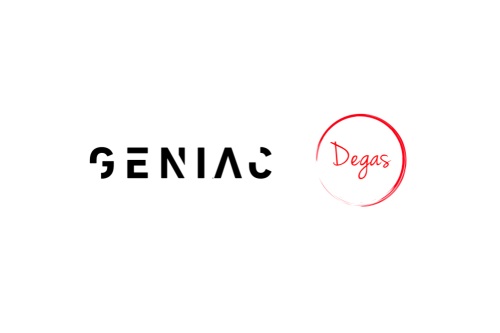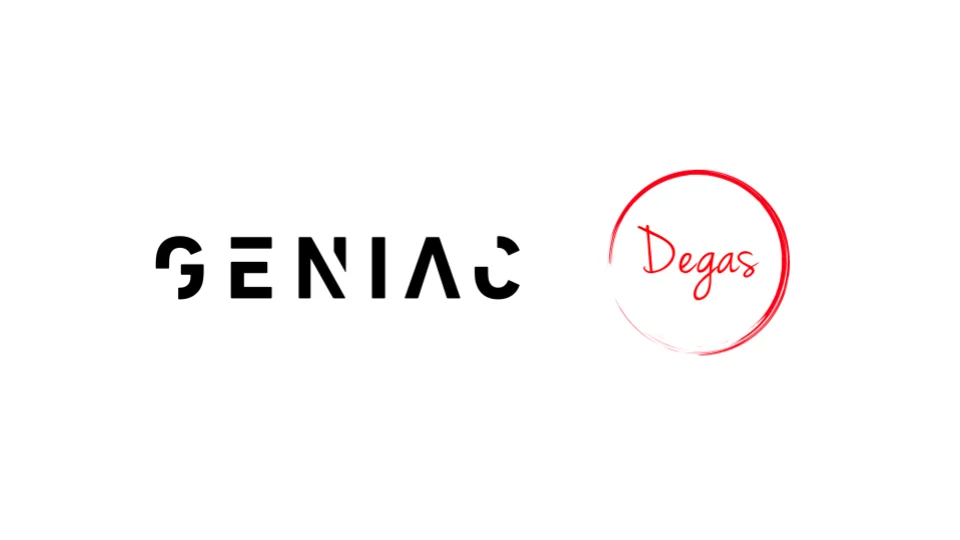Launching the development of “GeoVLM”: A Vision-Language Model for satellite imagery analysis via natural language

Degas Ltd. is pleased to announce its selection for the third cohort of GENIAC (Generative AI Accelerator Challenge)1 - a national project led by Japan’s Ministry of Economy, Trade and Industry (METI) and the New Energy and Industrial Technology Development Organization (NEDO). The initiative aims to strengthen domestic capabilities in the development of generative AI, particularly in the development of foundation models.
As part of the GENIAC program, Degas will receive access to advanced GPU computing resources and support for building a large-scale dataset consisting of over 11 million satellite images and corresponding text pairs. This will accelerate the development of “GeoVLM”, a novel vision-language model that integrates Degas’ proprietary geospatial foundation model2 with a large language model (LLM) to enable natural language interpretation of satellite imagery.
GeoVLM enables real-time, text-based satellite image analysis previously limited to domain experts. For example, users can ask, “Which roads became impassable due to yesterday’s flooding?” and receive immediate AI-generated reports identifying the affected areas. This empowers faster decision-making for governments, international organisations, and insurance companies.
Degas has been applying satellite data to solve real-world problems - especially in agriculture, insurance, and disaster management - in emerging markets like Africa. The company has an in-house team of ML scientists and engineers from global tech companies like Google and Amazon, and has commercialized its own geospatial foundation model.
In 2023, Degas entered into a capital and business partnership with Sojitz Corporation to scale its solutions globally3.
Despite the potential of satellite data to address global-scale issues like disasters and environmental degradation, conventional analysis methods face major challenges:
To overcome these challenges, Degas is leveraging GENIAC to develop an AI-powered, user-friendly satellite image analysis tool, GeoVLM, which is accessible to non-experts.
This project focuses on building GeoVLM, a vision-language model for satellite observation that supports multispectral data. The model will be pre-trained on over 11 million satellite images and text pairs (approximately 450 billion tokens), combining Degas’ geospatial foundation model and an LLM, using cutting-edge GPUs. The result will be a new AI foundation that allows users to query satellite data using natural language.
With this “Vision-Language Model for Satellite Observation,” the manual interpretation of satellite imagery - previously limited to experts - will become a simple, text-based operation accessible to anyone within minutes. This shift is expected to bring the following societal impacts:
Through this effort, Degas aims to strengthen Japan’s competitiveness in AI and establish GeoVLM as the global de facto standard for satellite image interpretation.
“We are honored to be selected for GENIAC. At Degas, we’ve been leveraging AI and satellite observation to solve challenges in agriculture and finance in Africa and beyond. Building on our geospatial foundation model (LGM), we are now fusing natural language to create GeoVLM. Our goal is to usher in an era where anyone - not just experts - can ask questions and read satellite data using natural language. We believe this will truly democratize remote sensing.”
Degas will continue to pioneer the frontier of geospatial AI grounded in real-world implementation by bridging on-the-ground challenges with cutting-edge technology.
“With our mission of ‘Changing people’s lives, dramatically,’ we currently manage over 15,000 hectares of farmland in Africa. This hands-on experience gives us a deep understanding of how transformational it would be to enable anyone to assess disaster or agricultural conditions instantly. We are grateful for this opportunity through GENIAC to make that vision a reality and excited to bring GeoVLM to life.”
Company name: Degas Ltd.
CEO: Doga MakiuraWebsite: https://degasafrica.com/
Paid-in capital: ¥100 million
Employees: 155
Business focus: Providing services and developing technologies to change people’s lives dramatically.
